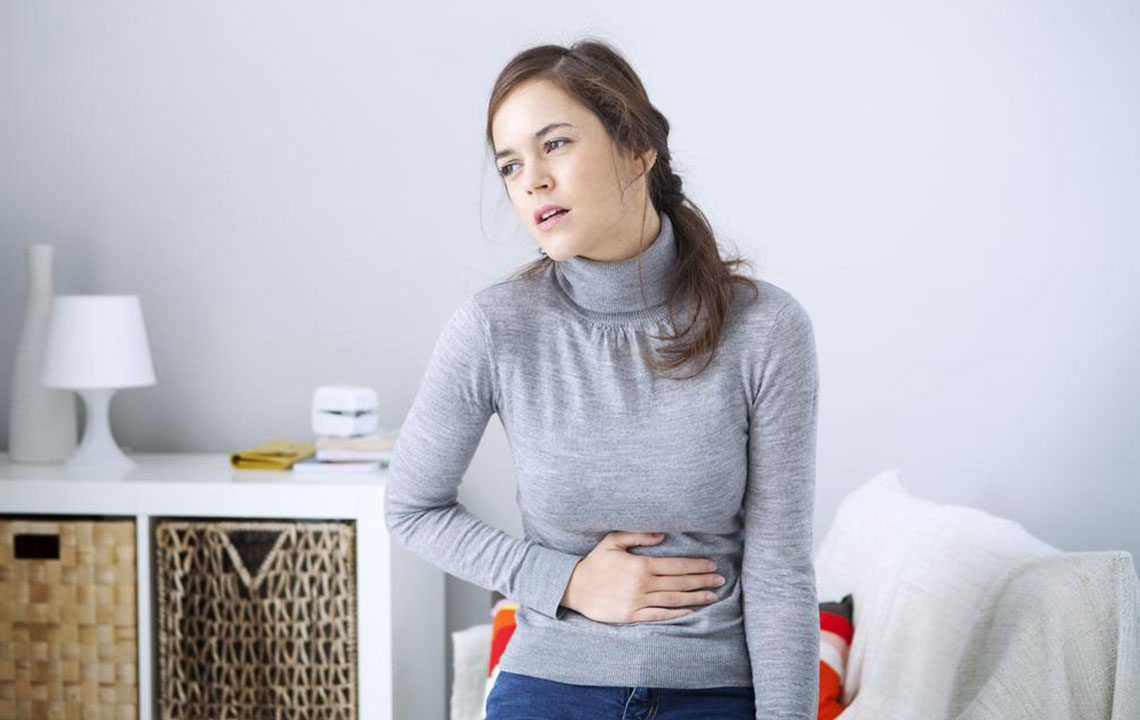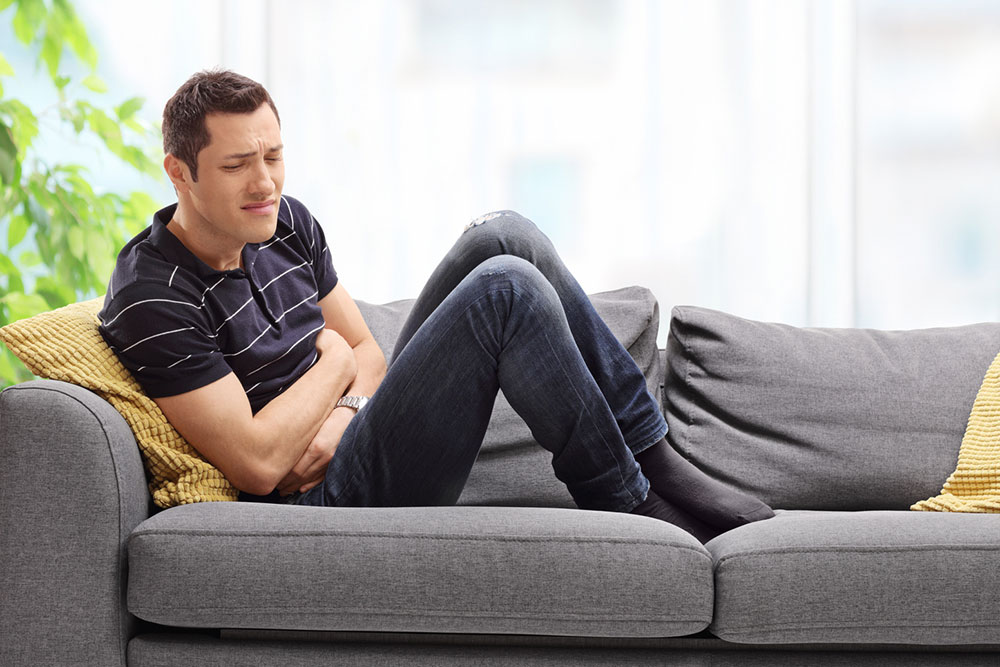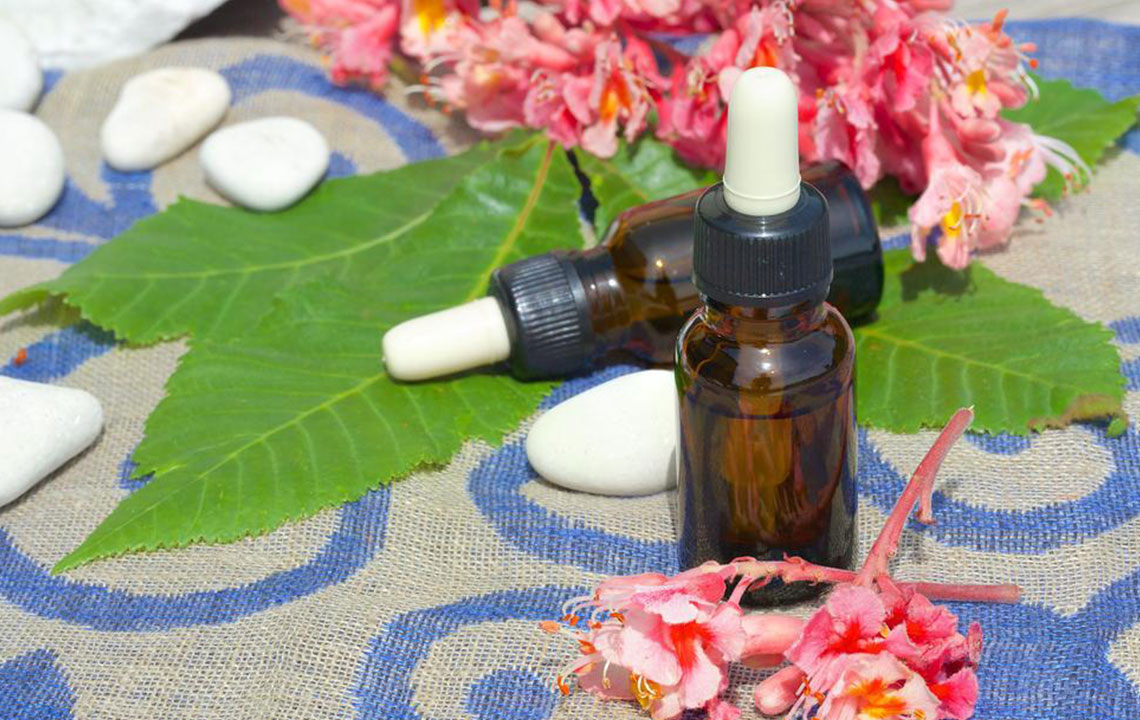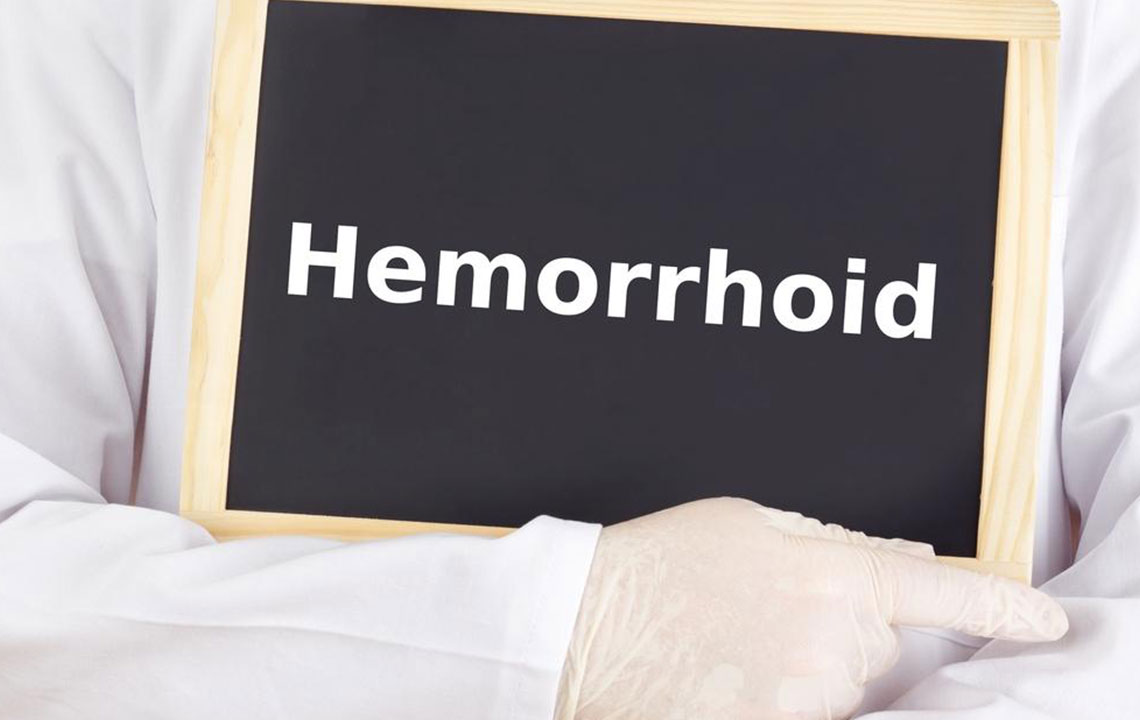Comprehensive Guide to Effective Hemorrhoid Relief Topical Treatments
This comprehensive article explores effective hemorrhoid relief topicals, including creams, ointments, and natural remedies. It covers application methods, safety tips, and how to manage symptoms effectively. Learn how to choose the right product, apply it correctly, and incorporate lifestyle changes for long-term relief. Expert insights guide you on safe practices, ensuring optimal results and minimizing risks. Whether seeking quick relief or long-term management, this guide empowers you to handle hemorrhoids confidently and effectively for better comfort and health.

Comprehensive Guide to Effective Hemorrhoid Relief Topical Treatments
Hemorrhoids, commonly referred to as piles, are a prevalent medical condition characterized by swollen and inflamed blood vessels in the anal and rectal area. This condition affects millions of people worldwide and can cause significant discomfort, pain, itching, and bleeding during bowel movements. Understanding the various treatment options, especially topical remedies, is essential for managing symptoms effectively and improving quality of life. This comprehensive guide explores the most effective topical treatments for hemorrhoids, their proper application techniques, benefits, limitations, and tips to prevent complications. Whether you are seeking quick relief or long-term management strategies, this article provides valuable insights to help you make informed decisions about your health. Hemorrhoids develop due to increased pressure in the lower rectum caused by factors such as straining during bowel movements, chronic constipation or diarrhea, pregnancy, obesity, and prolonged sitting. The primary goal of treatment is alleviating symptoms while addressing underlying causes. Topical treatments are often the first-line approach for symptom relief because they provide localized action, reduce swelling, and soothe inflammation. They come in various formulations, including creams, ointments, suppositories, and natural remedies, designed to target different aspects of hemorrhoid discomfort. In this guide, we will discuss the most commonly used topical options, including anesthetic creams, ointments containing benzocaine, pramoxine, lidocaine, and natural alternatives like homeopathic remedies. We will also cover best practices for application, safety precautions, and tips for maximizing efficacy while minimizing risks. Proper application, hygiene protocols, and consulting healthcare providers when needed are vital components of successful hemorrhoid management.
Popular Topical Hemorrhoid Treatments
Hemorrhoid anesthetic creams
Benzocaine-based ointments
Pramoxine hemorrhoid creams
Fast-acting relief formulations
Natural and homeopathic topical products
Odorless and colorless options like RectiCare
Lidocaine preparations
Venapro and Avatrol topical solutions
Each of these topical options serves a specific purpose, whether to numb the area, reduce swelling, or provide soothing relief. Selecting the appropriate product depends on individual symptoms, preferences, and any allergies or sensitivities. It’s advisable to read product labels carefully and follow the instructions for use to achieve optimal results. Regular application, combined with proper hygiene, can significantly diminish hemorrhoid symptoms over time.
Proper Application Techniques for Hemorrhoid Topicals
Effective use of hemorrhoid topical treatments requires diligence and attention to detail. External applications involve gently cleaning the affected area with mild soap and water, followed by careful drying. Before applying the cream or ointment, wash your hands thoroughly to maintain hygiene and prevent infection. For external hemorrhoids, gently massage the cream onto the inflamed area until fully absorbed. For internal hemorrhoids, most products come with an applicator—ensure it is clean and insert it no more than one inch into the anus. Apply the prescribed amount of cream or suppository as directed by the product instructions or your healthcare provider. Avoid inserting fingers or objects that are not designed for such use to prevent injury or infection. Use disposable applicators if available, and always wash your hands immediately after application. Do not cover treated areas with bandages unless specifically instructed by your healthcare provider, as occlusion can increase absorption and risk of adverse effects. Apply topical treatments 2-4 times daily, especially after bowel movements, to maximize relief. Consistency is key to alleviating symptoms and reducing hemorrhoid size over time. If symptoms persist or worsen, seek medical advice promptly for further evaluation and alternative treatments.
Safety Tips and Precautions
While topical treatments are generally safe when used as directed, improper use can lead to complications such as allergic reactions, skin irritation, or systemic absorption. Always adhere to product guidelines and consult your healthcare provider if unsure about the choice of treatment. Avoid overusing topical creams, as excessive application may cause skin damage or reduce effectiveness. Be cautious if you have known allergies to any ingredients and perform a patch test before extensive use. Discontinue use and seek medical attention if you experience severe burning, itching, swelling, or unusual discomfort. It’s important to understand that topical remedies primarily address symptoms rather than curing hemorrhoids. Therefore, incorporating lifestyle modifications such as increased fiber intake, adequate hydration, and regular exercise can prevent recurrence. In cases of severe, persistent, or bleeding hemorrhoids, surgical or minimally invasive procedures might be necessary and should be performed under medical supervision. Always discuss your symptoms and treatment options with a healthcare professional to develop a comprehensive management plan.
In Summary
Hemorrhoid topical treatments are effective tools for managing discomfort and reducing inflammation when used correctly. They provide quick relief, especially when combined with good hygiene practices and lifestyle changes aimed at reducing pressure on the anal region. Remember, these products are not cures but symptomatic relief options. Regular monitoring, appropriate application, and medical consultation are essential for long-term management. Never hesitate to seek professional advice if symptoms are severe or do not improve with over-the-counter remedies. Proper care and informed choices can help you regain comfort and prevent future episodes of hemorrhoids.





